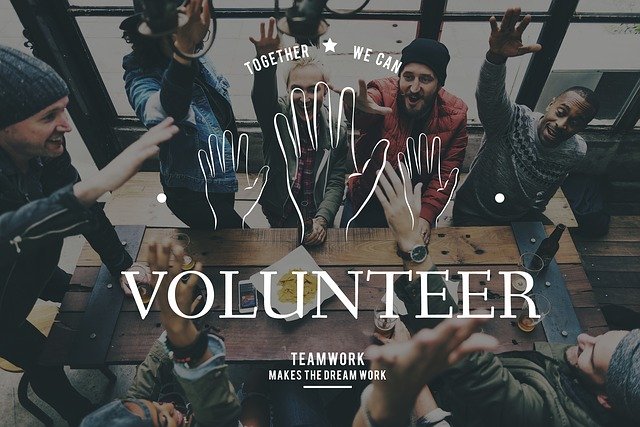In a recent interview for Mindful.org, Sharon Salzberg discussed The Power of Loving Kindness. In the course of the interview, Sharon identified different ways that meditation can develop wisdom – the ability to make insightful judgments and sensible decisions based on our knowledge and experience. Her wide-ranging conversation focused on a number of key insights that can help us to inform our judgements and guide our decision making.
Elements of wisdom developed through meditation
In her interview, Sharon shared several key insights into the way meditation can contribute to the development of wisdom:
- Learning to accept what you can’t control – the starting point to develop wisdom is to acknowledge that many things are outside our control and to accept this fact despite our innate need for control. Wasting energy and negative emotion on things outside our control only debilitates us and leaves us open to frustration and depression.
- Realising that no matter the situation, you have agency – you can exercise agency (your capacity to act to have control over your inner landscape and over some elements of your external environment). Viktor Frankl, author of Yes to Life in Spite of Everything, demonstrated control over his inner landscape during his internment in a concentration camp. There is always something that you can do externally as well – you just need the space and time to be open to this possibility. Even in this time of the global pandemic, people and organisations are finding creative ways to take action to exercise control over some elements of their life and work. Wisdom recognises that you don’t need to feel entirely powerless. As Sharon points out, “It’s an illusion to think that we are without any agency in our lives, any ability to act”.
- Learning to use the gap that is available between stimulus and response – you can become convinced that your conditioned way of responding is the only way for you to react to a negative stimulus. As Viktor Frankl maintains there is a gap between stimulus and response and therein lies your freedom to choose your action (“considered action” rather than reaction). Meditation develops self-awareness, especially in relation to the negative stimuli that activate your fight/flight/freeze responses. Meditation also builds self-regulation so that you can choose your response rather than be conditioned by your past experiences and habituated way of reacting.
- There is a unique way for you to help others – you have a combination of life experiences, skills, personal attributes and knowledge/understanding that is different to anyone else. Instead of trying to live up to others’ expectations, you can find a personal way to help through meditation and reflection – you can exercise sound judgment and creative decision making in relation to your potential contribution. Sharon reinforces this when she suggests that you can “pay attention and look and listen for opportunities to help” that are in line with your capabilities and the challenges of the situation you are faced with.
- Dealing effectively with difficult emotions – being with these emotions in all their pain and intensity instead of avoiding them and acting in a dysfunctional and hurtful way. Feeling difficult emotions in your body and naming them in a granular way (e.g. anxiety, fear, shame) enables you to tame them and to convert negative energy into constructive action.
- Appreciating moments of wellness and joy – it takes awareness in the moment to appreciate your experiences of beauty, joy and love. Gratitude for these experiences enhances their impact on your overall wellbeing. Also, as Sharon maintains in her recent book, loving-kindness meditation is a revolutionary way to happiness.
- Developing your sense of connectedness – when you experience wellness or complex emotions or become immersed in nature through meditation and reflection, you heighten your sense of connectedness to everyone else who is experiencing this range of human emotions and to every living thing. Sharon notes that connectedness is the very fabric of life and if you treat yourself as separate, you are “fighting that reality”. Loving-kindness meditation is a very effective way to reinforce and manifest our connectedness to others.
Reflection
It pays to think about, and experience, how meditation develops sound judgement and enables sensible decisions. We so often relate meditation to rest and relaxation and overlook its power to facilitate effective action in a wide range of situations. As we grow in mindfulness through meditation and reflection, our awareness of what is and what’s possible develops, our ability to manage ourselves (thoughts, emotions and actions) increases and our enhanced sense of connectedness becomes an inner source of energy and empowerment.
_____________________________________
Image by Nadege Burness from Pixabay
By Ron Passfield – Copyright (Creative Commons license, Attribution, Non-Commercial–No Derivatives)
Disclosure: If you purchase a product through this site, I may earn a commission which will help to pay for the site, the associated Meetup group and the resources to support the blog.









